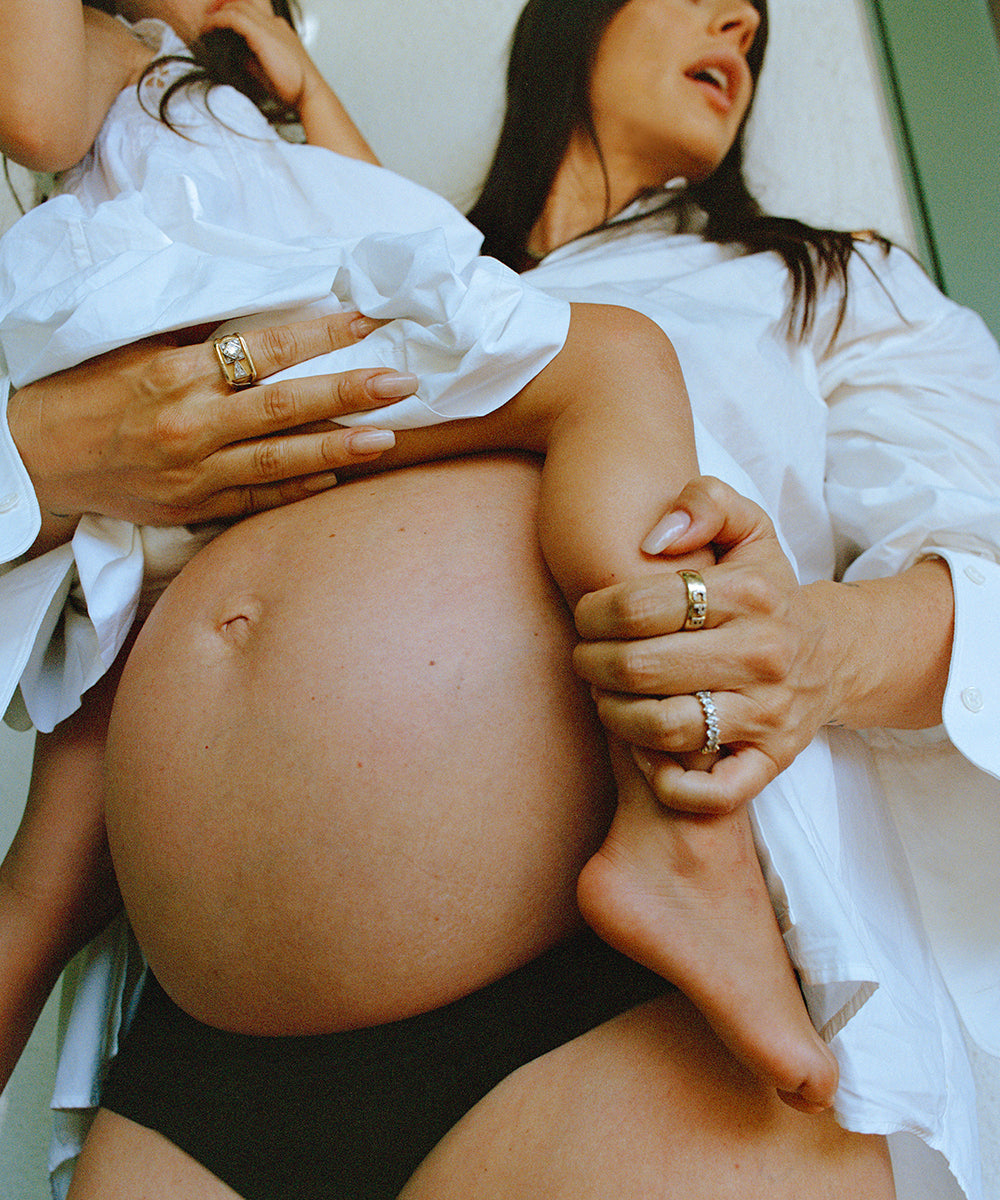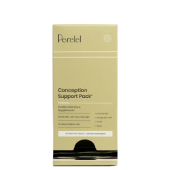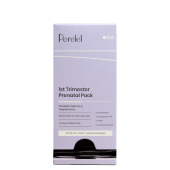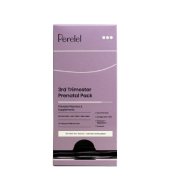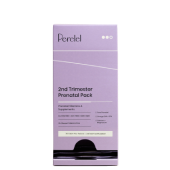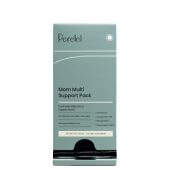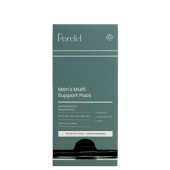The women's health research gap refers to the prominent, historical and ongoing disparity that exists in medical research. The gap—which equates to 75 million years of life lost due to poor health or early death each year—has significant repercussions for women's health and wellbeing right here in the United States. And closing it would give women in the world an extra seven healthy days per year, or an average of 500 days over a lifetime.1
Put simply, our bodies have a long history of being overlooked and underrepresented in medical research—but even now, less than 11% of National Institutes of Health (NIH) funding goes towards the study of women's health. Scientific representation trickles down into so many aspects of the way we seek care, and really, how we even understand our own bodies: from years-long diagnosis times for common conditions like endometriosis, to gaps in general medical school curricula, to perimenopausal women taking leave from work because of debilitating symptoms.
We deserve better. It's why we pledged $10 million to help close the research gap and improve access to essential prenatal care. And it's why now, we're going straight to the source of federal research dollars: by calling on Congress to allocate more NIH funding to the study of women's health.
To accelerate change and close the research gap once and for all, it's crucial to understand how the federal research funding process works—but first, let's start with a brief history lesson of these longstanding disparities.

A look at the history
In 1977, the FDA introduced a policy that significantly impacted women’s participation in medicine research, recommending that drug companies exclude women who could potentially become pregnant from the early stages of clinical trials.2 In 1986, NIH established a policy that encouraged researchers to include women in studies,3 and in July 1989, a Memorandum on Inclusion was announced, stating that research solicitations should encourage the inclusion of both women and minorities.3 It wasn’t until 1993 that drug companies were legally required to include women in clinical trials in the U.S.4
But while policies have changed, women still remain underrepresented in many clinical trials. This is particularly true in early-stage trials, which are crucial for determining dosing and safety.
Underrepresentation in clinical trials
Historically, women have been excluded or underrepresented in many clinical trials, leading to a lack of sex-specific data. In fact, Harvard Medical School found that women make up 60 percent of the patient population but only 42 percent of trial participants.5 The exclusion of women from clinical trials has led to a significant gap in medical knowledge about how drugs and treatments affect female bodies. This, in turn, can and has ultimately resulted in less effective treatments, unexpected side effects and potentially dangerous dosing recommendations for women.7
In 2016, the NIH implemented a policy acknowledging Sex as a Biological Variable (SABV)—essentially requiring scientists to factor in the innate differences in our bodies (like, say, our hormones) when conducting research. After years of being treated and dosed as "small men," this has been a crucial milestone—but there's still quite a bit of ground to make up, given that many treatments available today were still trialed on (white) men.
Shop the Article:
Health gap repercussions in the U.S.
If you're a woman in the United States, chances are you've been impacted by the gender health gap in some capacity:
Misdiagnosis and delayed diagnosis
Symptoms of certain conditions may present differently in women than they do in men, which can lead to either missed or delayed diagnoses and even deaths, because evidence is based on male-centric research. Drugs and treatments that are tested primarily on men may be less effective for women or have different side effects for women.
Knowledge gaps
Because medical research primarily focuses on men, there is evidently less of an understanding of conditions that predominantly affect women, such as endometriosis or polycystic ovary syndrome (PCOS). Because of this, the gap contributes to poorer health outcomes for women. And this trickles down to our own body literacy, by the way: A majority of women admit to not fully understanding their menstrual cycles. (Sex ed failed us.)
Limited treatment options for common conditions
One particular "rage fact" our team likes to cite quite a bit? The fact that as of 2015, there were five times more scientific studies on erectile dysfunction (which impacts about 18 percent of men) than PMS (which impacts about 90 percent of women). In fact, certain treatments to help relieve the symptoms of PMS haven't made it to the market due to a lack of research funding.
Similarly, conditions such as endometriosis and uterine fibroids—which affect up to 68 percent of women—have far fewer research assets in the pipeline than less common diseases.9
Mental health implications
The lack of research on women's mental health issues often lead to inadequate treatment strategies for conditions like postpartum depression and other depressive disorders, which so many women navigate.
Fertility access
According to a 2016 study, more than 70 percent of internal-medicine residency programs do not include infertility—yet 1 in 10 men and women will experience fertility challenges.10
It makes it all the more challenging for women to feel prepared for potential hurdles—or to even know when to seek out support. On the flip side, while fertility science has certainly advanced significantly in recent years, many treatment options are still cost-prohibitive to families.

So how do we close the research gap?
Undoing decades of exclusion will take a far-reaching effort, from prioritizing radical body literacy, to improving access to essential reproductive care, to redistributing research dollars. We're focusing our impact on all of the above:
- Dedicating a portion of our $10 million Pledge to Magee-Womens Research Institute, the largest research institute focused primarily on women's health research
- Working to get prenatal vitamins in the hands of women who lack access to essential maternal care
- With the help of a panel of leading experts, ensuring that women feel supported and prepared for every hormonal life stage—from body education to best-in-class products
- Calling on Congress to allocate more federal dollars to women's health research through their budget appropriations process. (Because the fight for equitable support is something we can all agree on.)
How does federal research budgeting work?
Every year, Congress passes appropriations bills that determine how much money federal agencies, including the NIH, will receive. Within these bills, Congress can specify how much of the NIH's total budget should be allocated to specific research areas, including women’s health.
Although earmarking (setting aside funds for specific purposes) has been limited in recent years, Congress can still direct funding through broad language in the appropriations bills. For example, they might include language that encourages or strongly recommends the NIH to allocate a certain percentage of its budget to women’s health research.
Committees in Congress, such as the House and Senate Appropriations Committees, hold hearings where NIH officials testify about their budget and activities. During these hearings, members of Congress can advise the NIH to prioritize certain areas of research, including women’s health.
Congress typically passes appropriation bills on an annual basis, aligning with the federal fiscal year, which runs from October 1 to September 30. That means that the appropriations for the 2025 fiscal year will end on September 30. If this deadline is not delayed, then the NIH would then kick off their own planning—reviewing the total allocation and determining how to distribute funds across different institutes, centers, and research programs.
After finalizing these plans by the end of the December, early in the calendar year (January to March), NIH begins to implement the budget by announcing grant opportunities, funding renewals, and new research initiatives.
Join us as we call on Congress to increase federal funding for women’s health research, close the gender health gap—and create a world with more healthy, supported women.
Ready to sign our petition? Click here to show your support.
References


